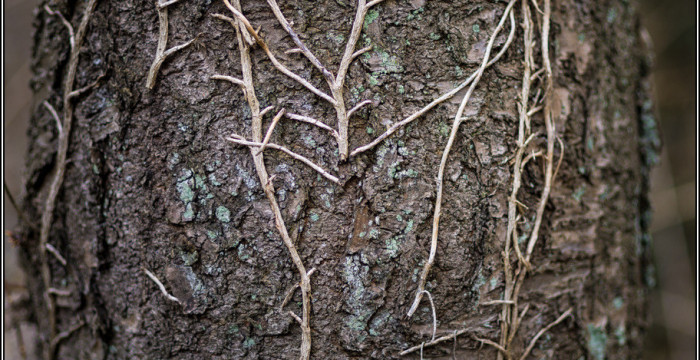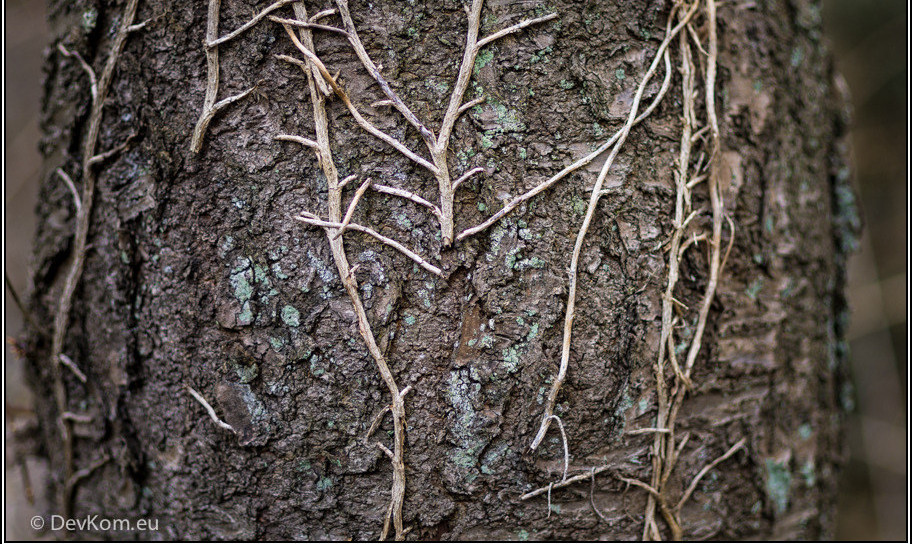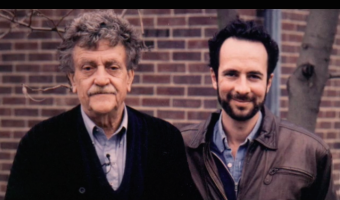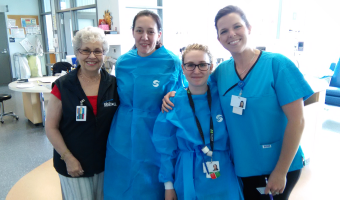When you work with others, you have expectations. Sometimes the connections on the great project tree seem damaged, dried up, brittle and fragmented. The project drags on. You have a deadline. How do you do your job?
Questions open the door to deeper collaboration … or not
This week, I wrote to a subject matter expert who was assigned as the main information provider on a collaborative project but had not yet sent me anything. I mentioned the looming deadline and asked for specific information on two elements. Within a few minutes, she sent me an email thread with information about a third element that we had all been advised was no longer in the scope of the project.
My first reaction was to ask myself, “Do I use this information to write about the other two elements?” There did not seem to be any way to do this, so I asked her. She wrote back, “No, I just don’t have time to research Elements 1 and 2.”
Ok, not the answer I was expecting. I was reviewing the whole project when I received a note from a baffled manager: “I can’t believe I am saying this, but Element 3 is now back on the radar and 1 and 2 are off.”
Unexpected, but this resolved things nicely, as I had all the information I needed to meet the deadline.
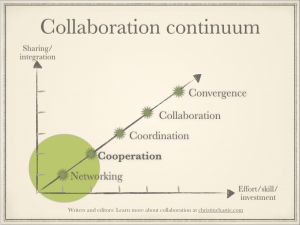
Networking and cooperation are low-cost, low-risk forms of collaboration. Information is shared informally or on an “as needed” basis; the relationships are informal, too. The parties function independently without much specific joint planning. The authority rests independently among parties involved. Networking and cooperation can be part of a step towards collaboration.
The level of sharing is a signal about how to contribute
Questions and other project-related information help us see at what level the collaboration is occurring.
We were interacting at a low level—somewhere between “networking” and “cooperation” on the collaboration continuum. The manager’s email seems to recognize the futility of any deeper engagement.
Networking is the sharing of information with no particular goal in mind; it can be a step to a stronger connection.
Cooperation is where the parties exchange information because they share a goal, although the sharing happens based on timely needs; there’s no project-specific planning. Like networking, cooperation can be a step towards closer collaboration … or it can be an escape from it.
In this project, we are not even at cooperation, since the goals and game are shifting. If I were to ask more questions, I would be changing the level of engagement. The frustration of the director indicates that there might be some cost to that. So I thanked the subject matter expert for her foresight in providing information I did not even know I needed. The point is:
There is no evidence of true collaboration in this project. We are hardly even cooperating. After identifying the level and direction of the collaboration, and without blaming, I match it in the production steps with the resources available.
Just because you are asked to work on a collaborative project, it does not mean that you will be collaborating. Real collaboration is impossible in a context where the goals of the project change without notice to the parties involved or where they don’t share the same idea of what is at stake.
It is important that I know what level I am interacting so I gauge my effort accordingly. Although I can’t help feeling a sense of loss …
When veins are broken, life leaks from them. Something dies.
The featured photo image is by Devesh Komaromi and called “Broken veins.” It is used with permission. This and other great photos can be found at devkom.eu and through Flickr.

